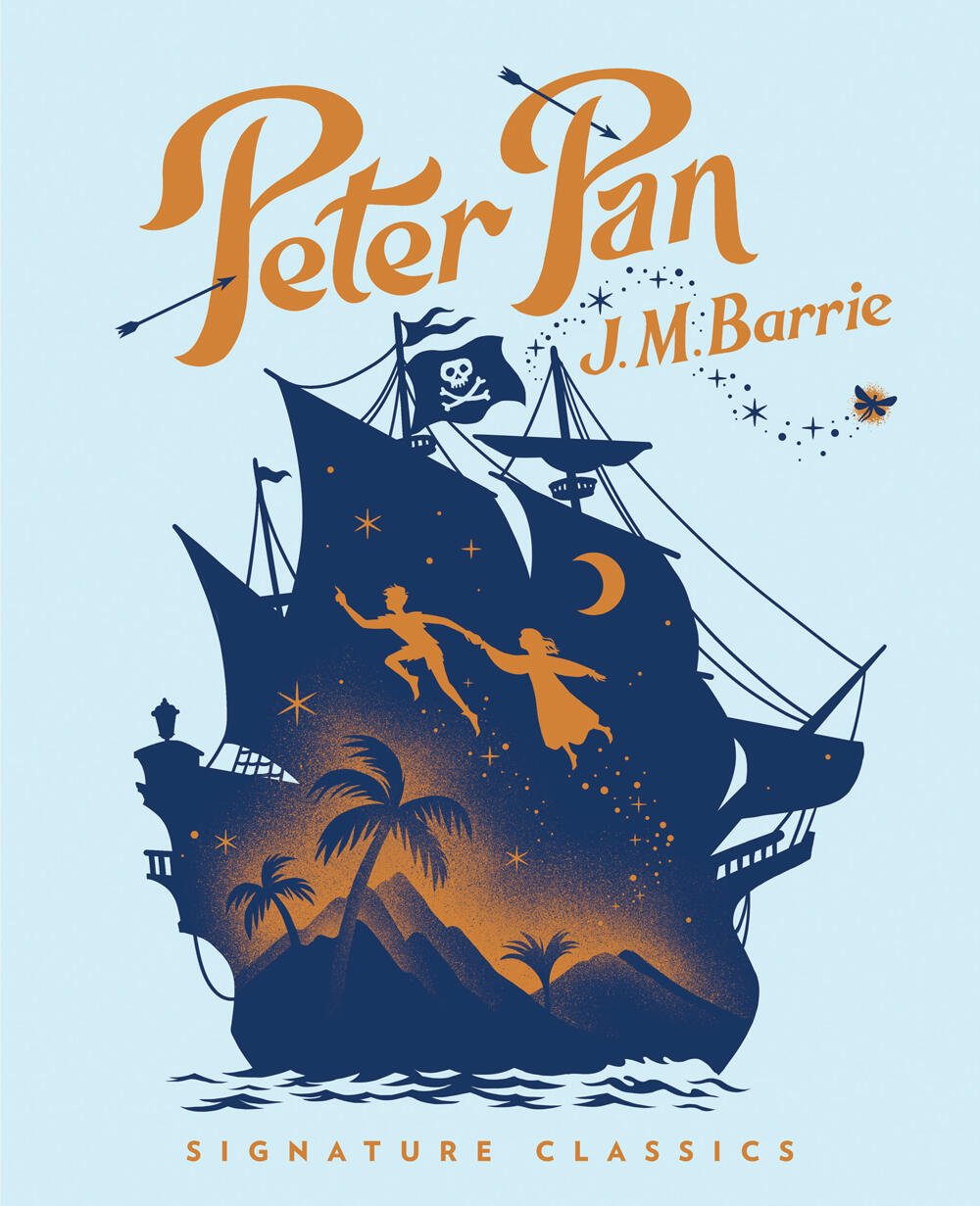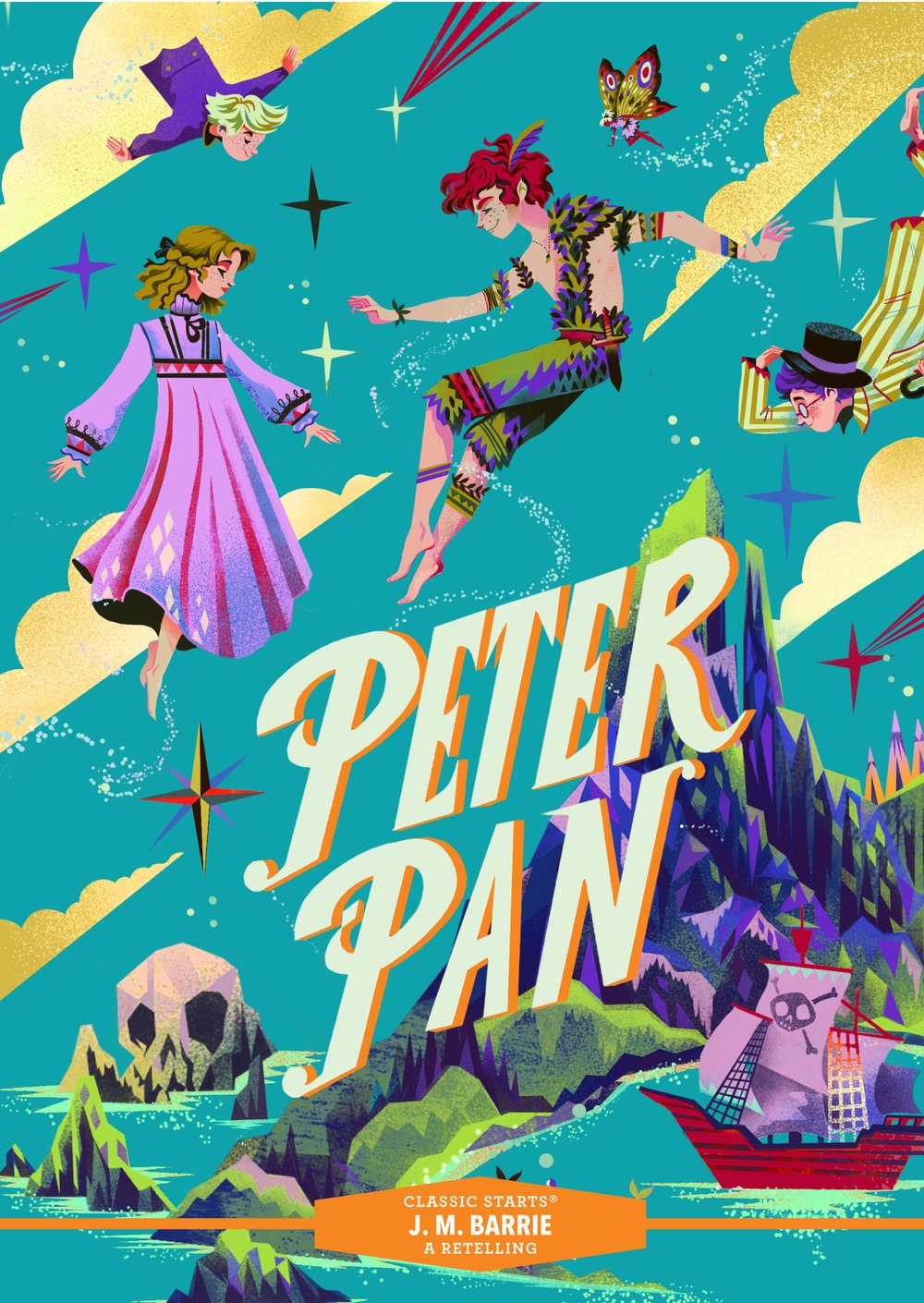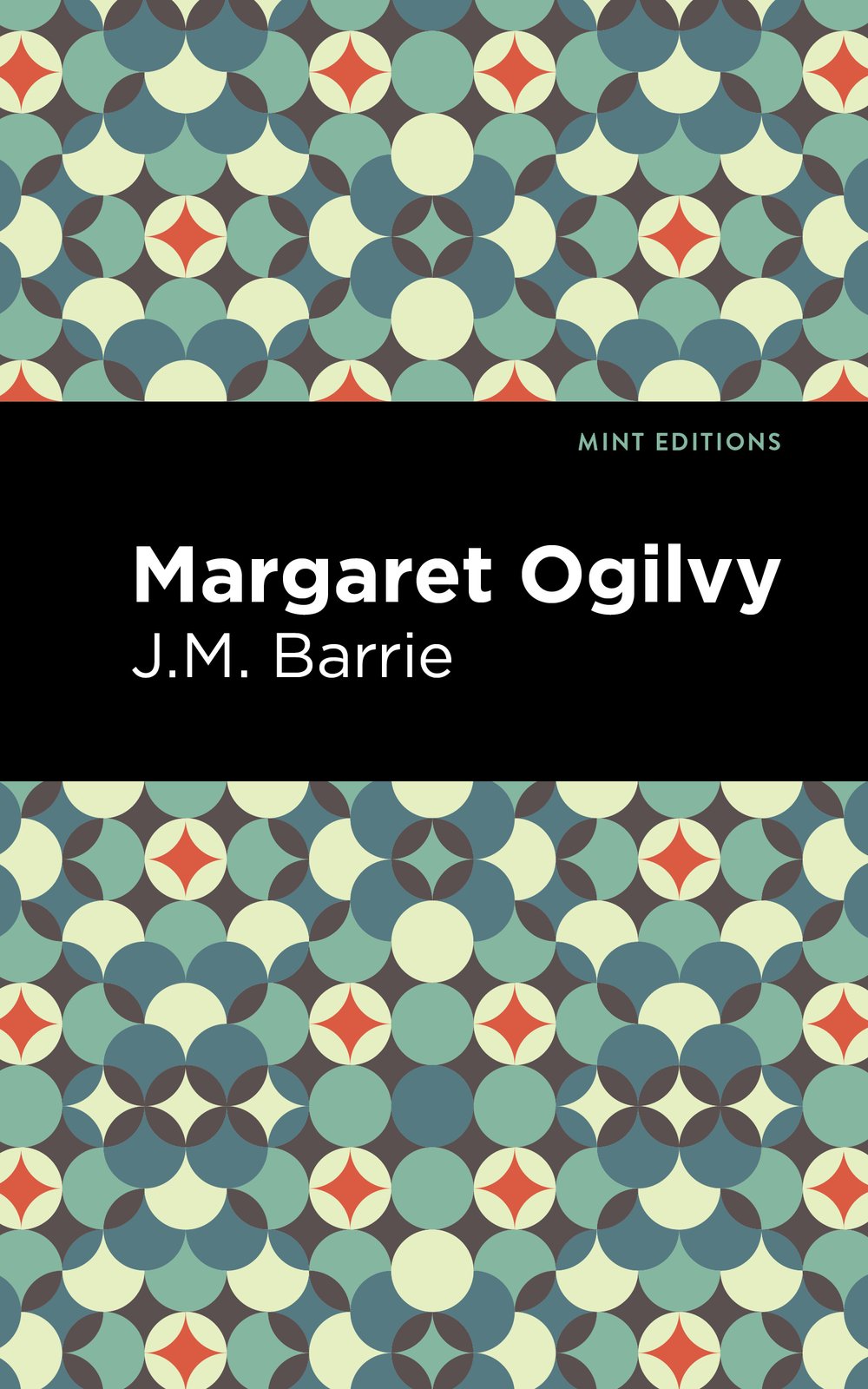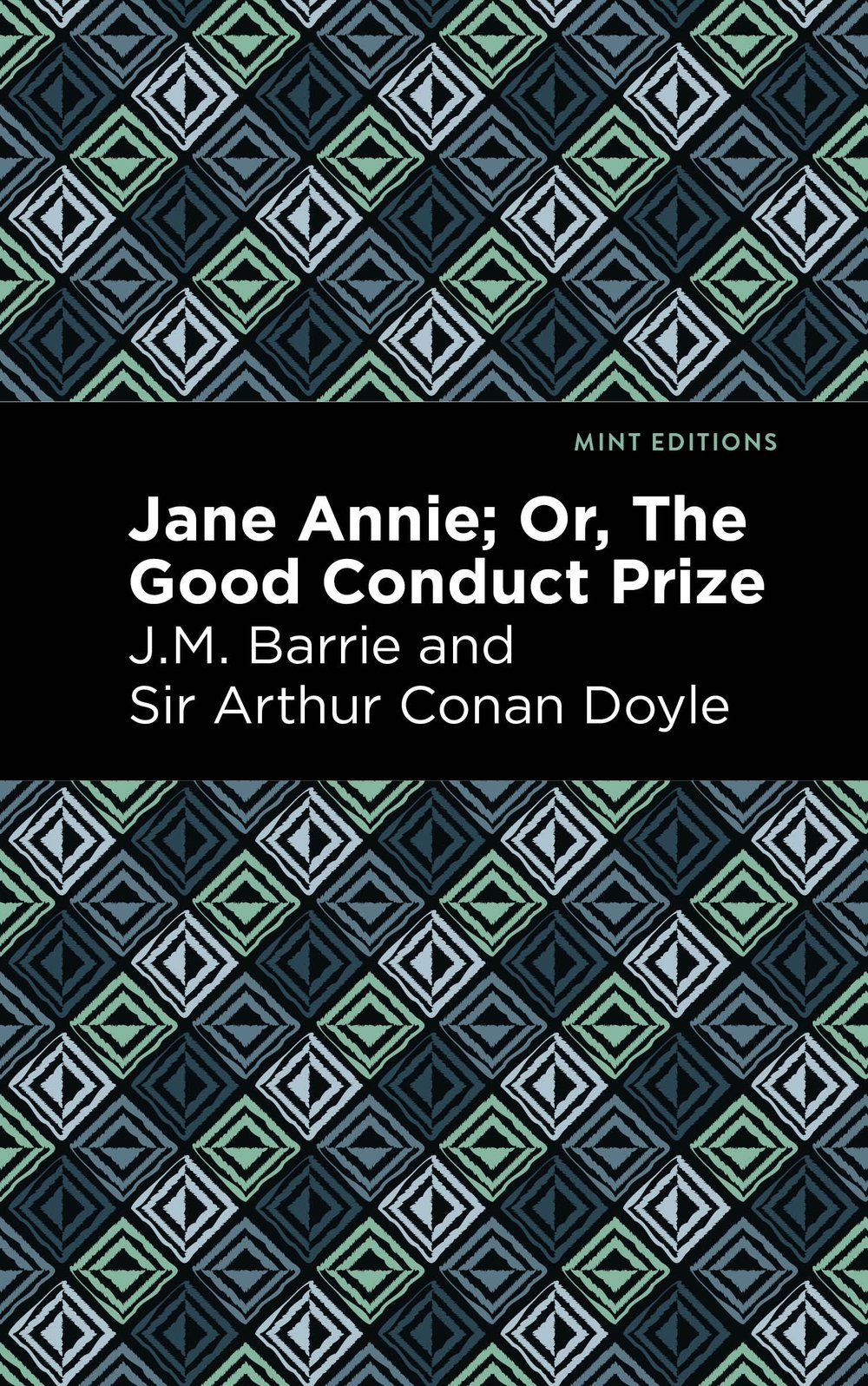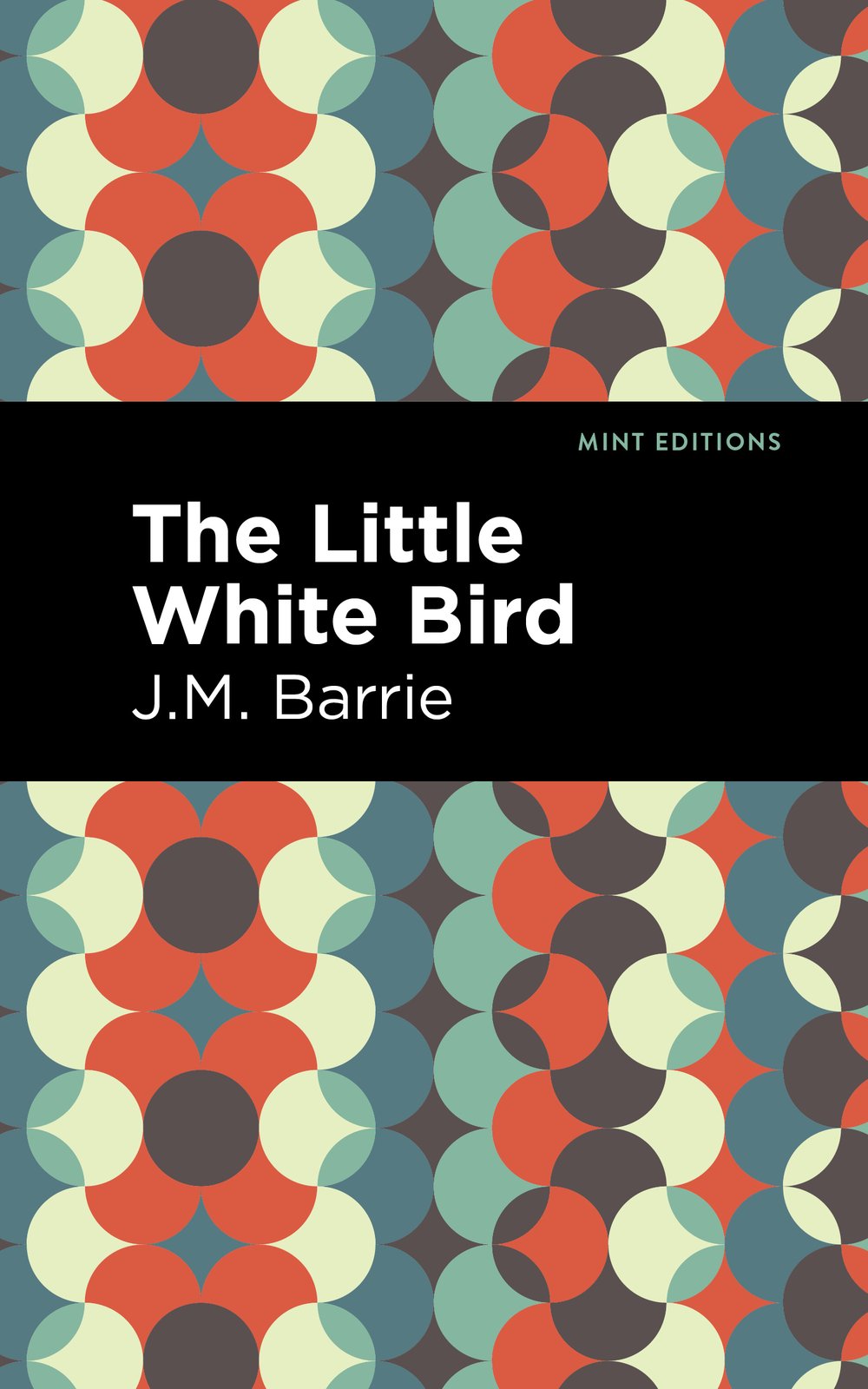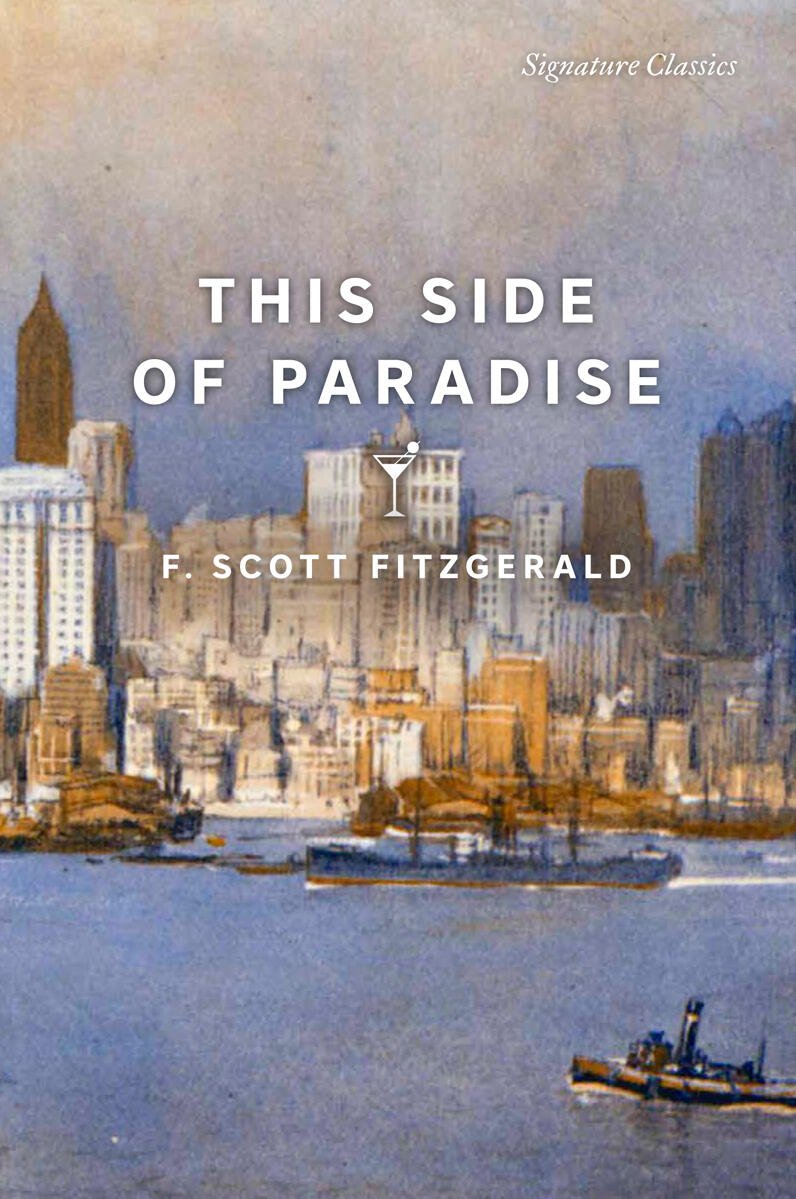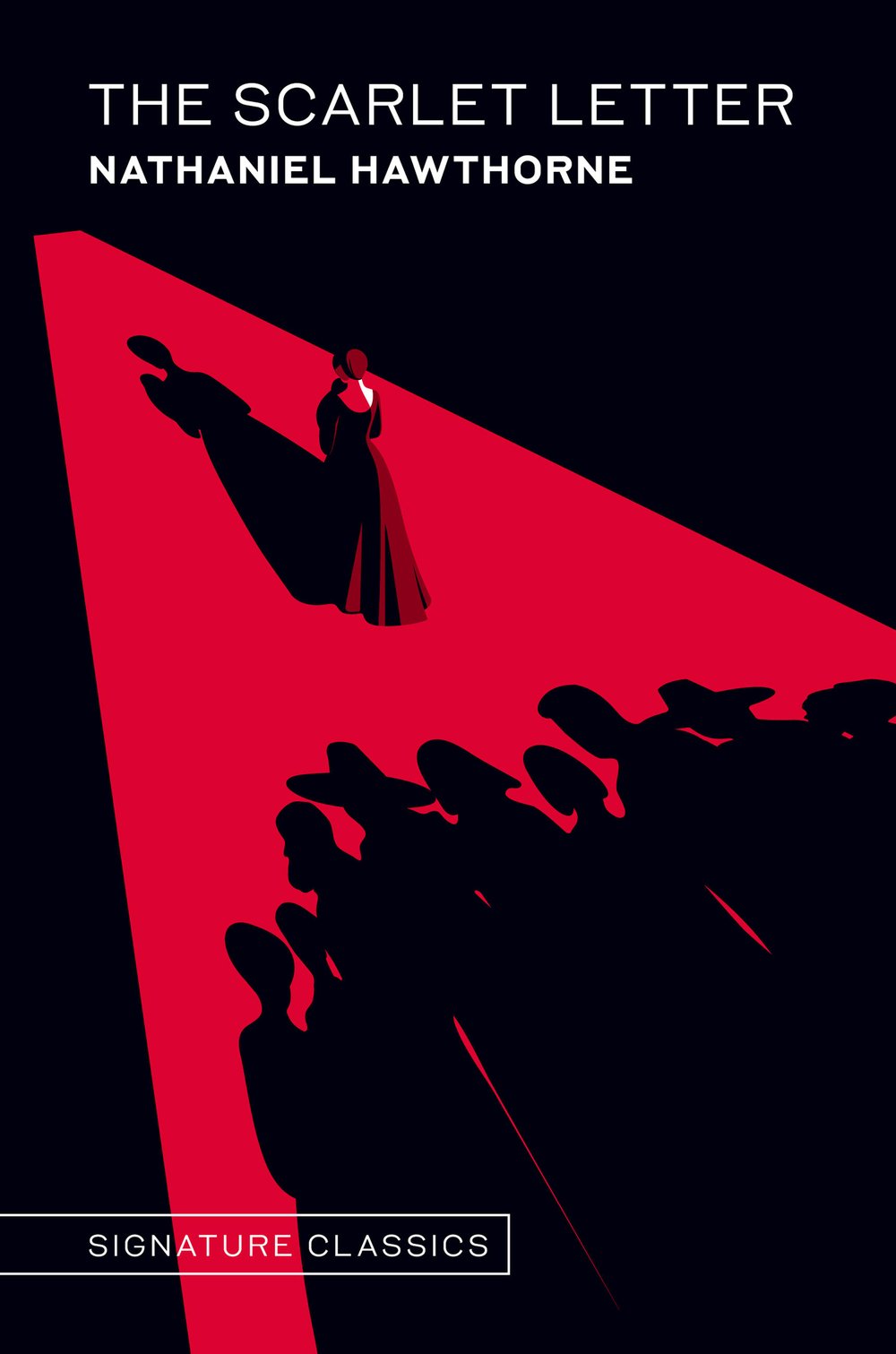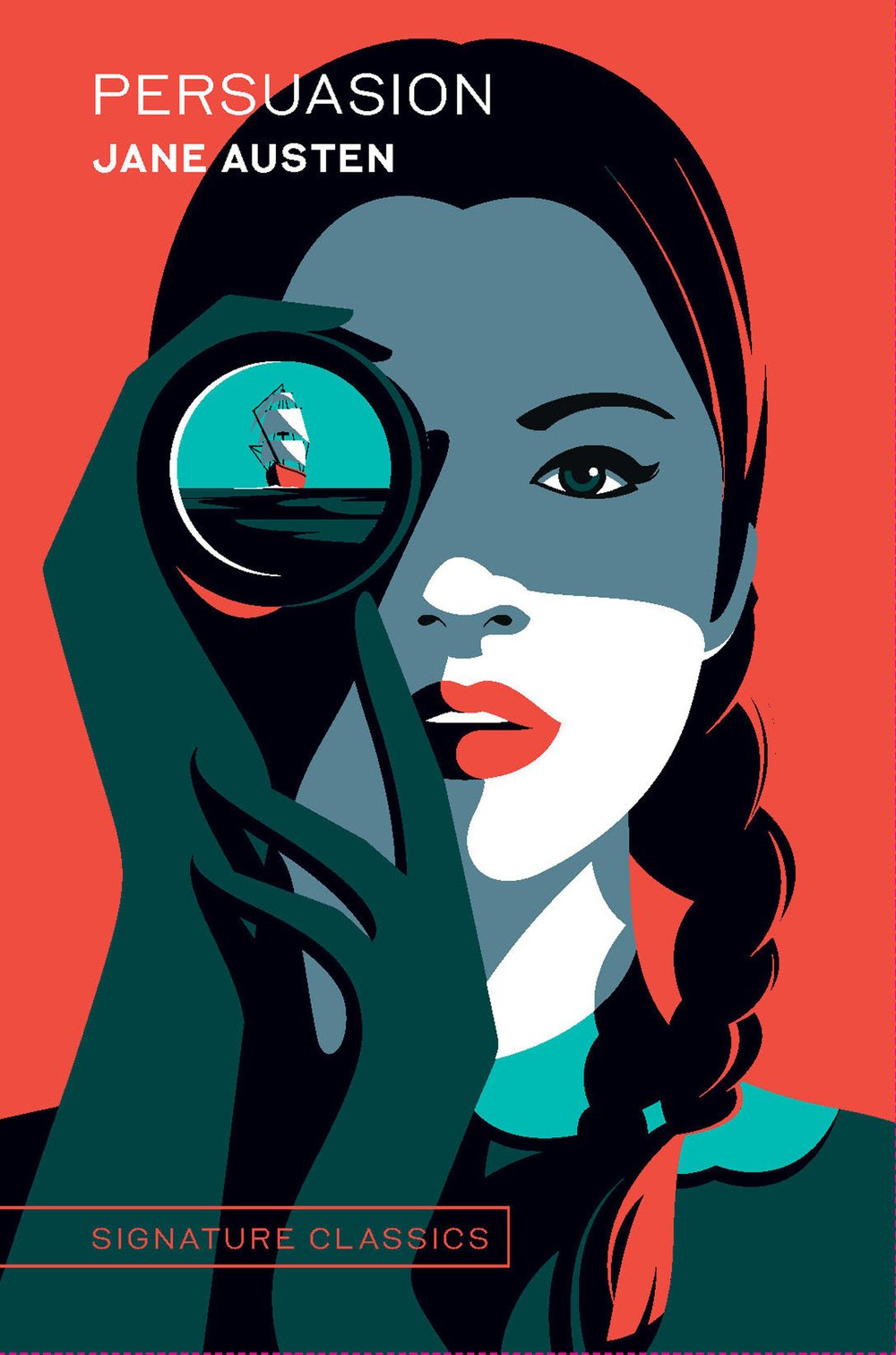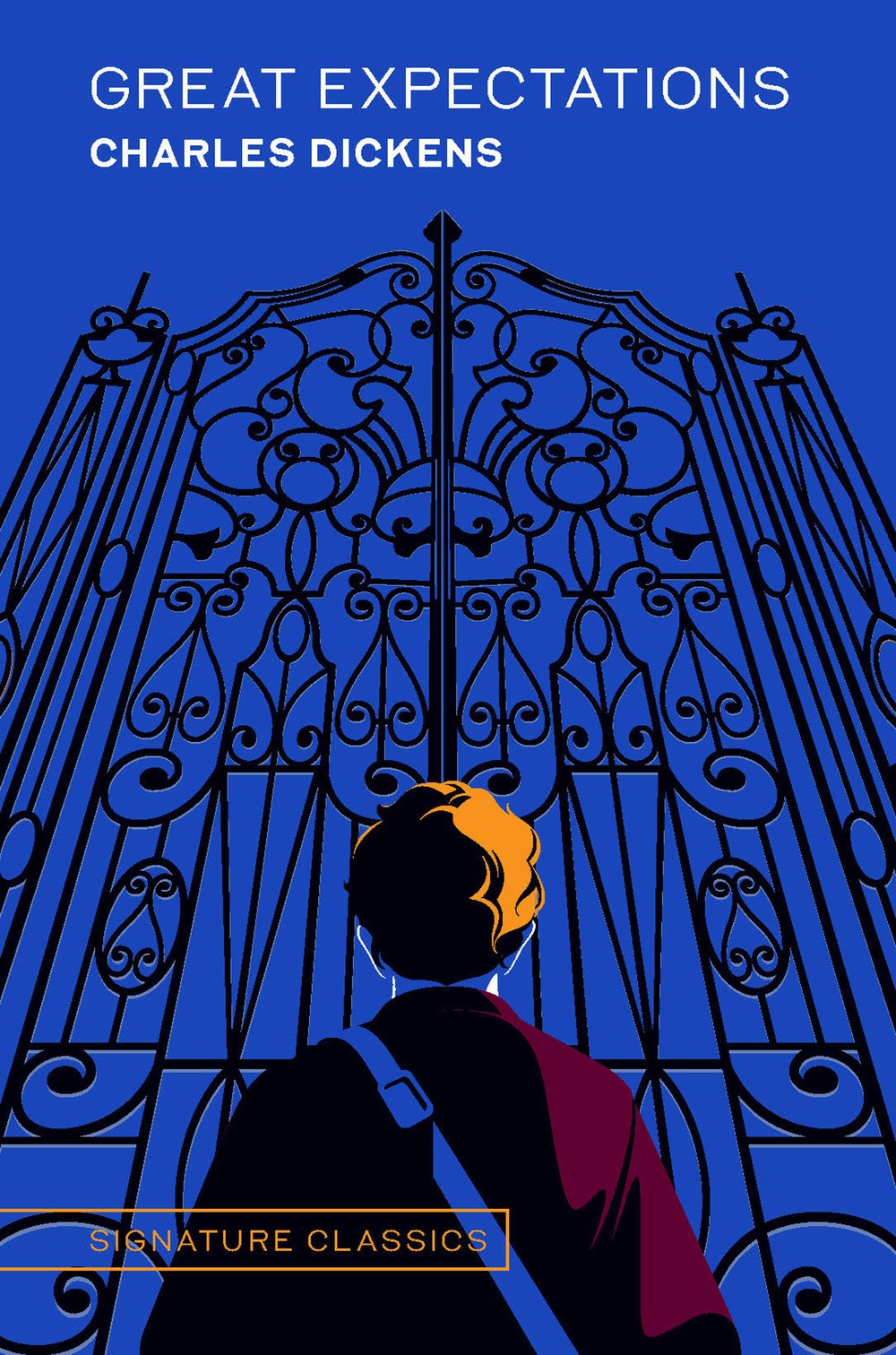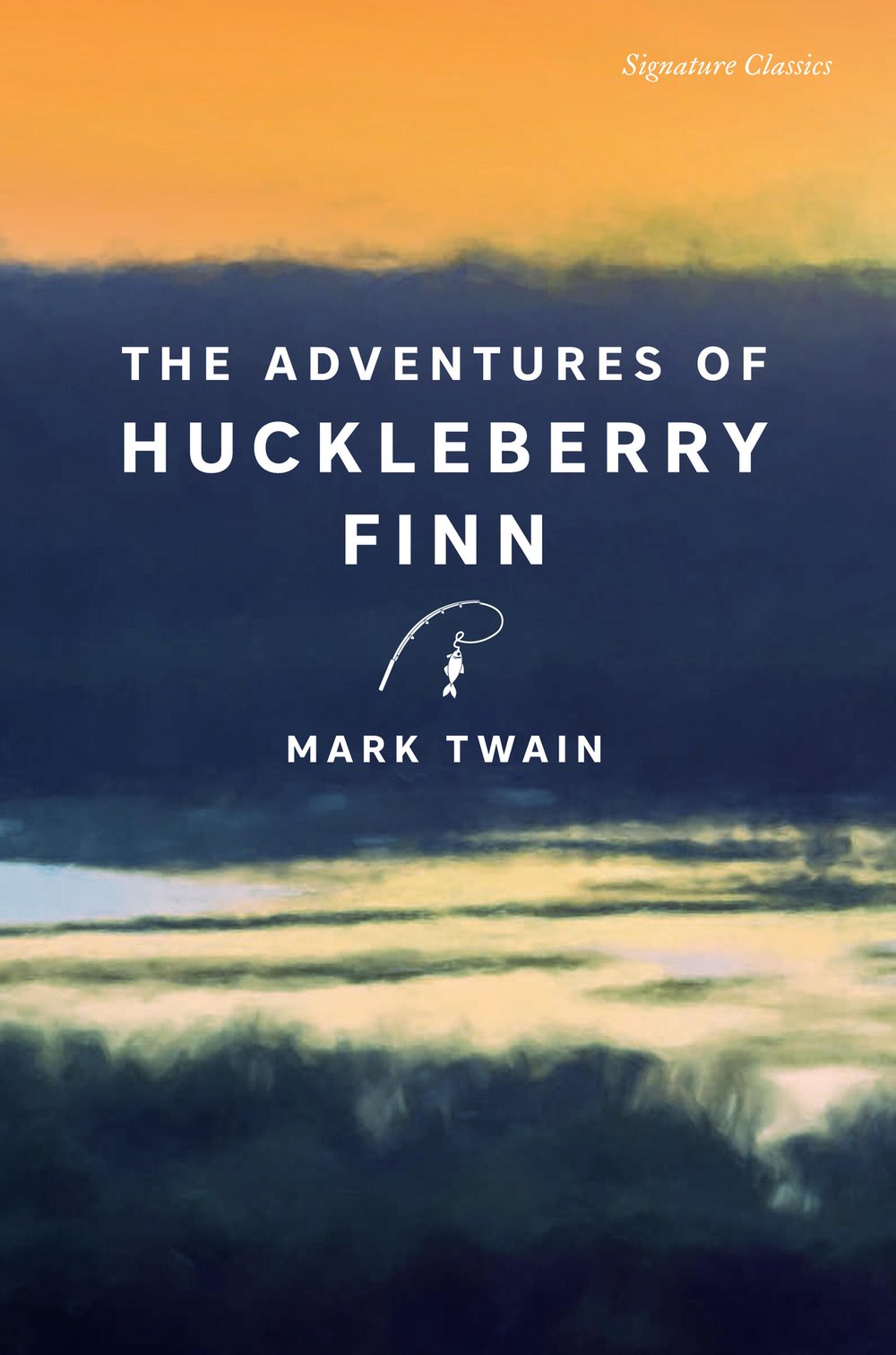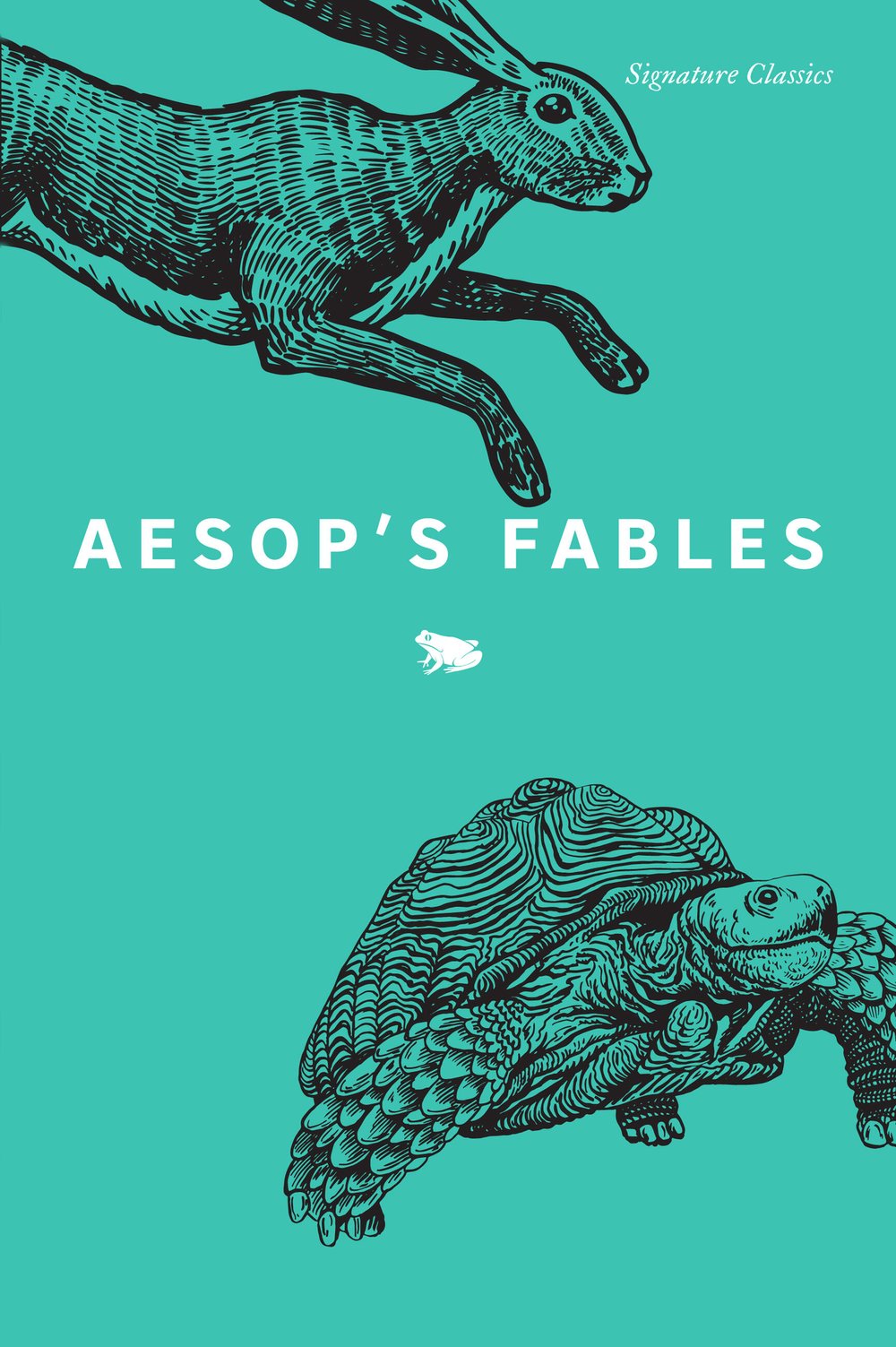Peter Pan

Mrs. Darling dozes in the nursery as her children sleep. Suddenly, the window bursts open, and Peter Pan, the boy who refuses to grow up, flies in. Seeing a grown-up in the room, he gnashes his perfect set of pearly baby teeth at her.
The children’s nurse, Nana, a Newfoundland dog, gallops in and chases the boy out the window, slamming it shut with her paws. Peter escapes just in time, but his shadow is not so lucky. Now it is trapped in the nursery, and everyone knows he will come back for it. When he does, Wendy, John, and Michael will begin the greatest adventure any siblings have ever had.
Peter whisks the children off to Neverland to meet the Lost Boys, Tinker Bell the fairy, and Princess Tiger Lily. Together, they wage fierce battles against the evil Captain Hook and his dreaded band of ruthless pirates, whose only goal in life, it seems, is to destroy Peter and his friends.

James Matthew (J. M.) Barrie, the son of a weaver, was born near Dundee, Scotland, in 1860. He was a journalist and novelist and began writing for the stage in 1892. Peter Pan, first produced in London on December 27, 1904, was an immediate success. The story of Peter Pan first appeared in book form (titled Peter and Wendy, and later Peter Pan and Wendy) in 1911. Barrie died in 1937, bequeathing the copyright of Peter Pan to the Great Ormond Street Hospital in London, a hospital for children.

